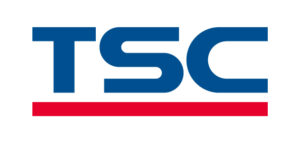Correctly encoding tags is at the core of the design of a successful RAIN system. Failure to use a correct encoding scheme, or “Numbering System,” can result in an inability to achieve business performance targets due to Tag Clutter, especially in dynamic read zones with a multiplicity of alternate tag sources. It may also leave your system open to fraud and loss as tags are cloned or otherwise misused. It has been estimated that over 30% of tags are incorrectly encoded. As business adoption of RAIN spreads rapidly, fueling a 29% CAGR, this situation is only going to get worse.
Fortunately the GS1, ISO/IEC and RAIN ISO Numbering Systems and encoding standards are there to solve this problem. Coupled with the RAIN Alliance’s RCI these standards can eliminate Tag Clutter and other issues associated with bad encoding. However, it is not always clear which standard to use, nor how to use it correctly to ensure a good system design.
This RAIN Alliance Masterclass is a one-day course offering you the opportunity to understand how to select the best Numbering System for your application and subsequently how to generate encodings for the most commonly used Numbering Systems. It includes technical background along with practical working sessions needed to master this subject for open and closed loop applications.
This course is part of the RAIN Solutions Implementation Learning Path designed for architects, systems integrators, field engineers, and anyone involved in RAIN solutions. Learn more.
This course includes a certification exam.
Outline of RAIN Numbering Systems Course
- Introduction and Background
- What do we mean by “Numbering System?”
- Encoding, data format(-ting), encoding scheme, schema, schemata
- RAIN tags as a blank slate of memory
- Pervasive lack of awareness re Numbering Systems
- Complexity of Numbering Systems
- Current environment leads to non-standards-based encodings
- Non-standards-based encodings lead to “Tag Clutter” (Acid RAIN, RAIN Flooding)
- What do we mean by “Numbering System?”
- Encodings Using a Standards-Based Numbering System
- Preempt Tag Clutter
- Technically efficient and viable
- Commercially efficient and viable
- Support interoperability across different entities.
- The Two “Families” of Numbering System Standards
- GS1 Tag Data Standard
- ISO/IEC various standards
- Why two families of Numbering Systems?
- How to select the best Numbering System for your application? When to Use GS1 and When to Use ISO/IEC?
- Are you using a data standard already?
- Existing barcode?
- Which industry are you in?
- Example industries and their encoding propensities:
- Retail, T&L, Healthcare, Automotive, Vehicle Identification, Aviation, Airline
- What is your application?
- Example applications and their encoding propensities:
- Retailer mandate item-level
- Logistics unit identification
- Pharma unit of use / sale
- Medical device
- Automotive parts marking
- Road tolling, vehicle access, vehicle identification
- Aviation parts marking
- Airline baggage tagging
- Are you tagging to support a requirement or mandate?
- Is there a de facto Numbering System in use for your application and/or industry?
- Example applications and their encoding propensities:
- Example industries and their encoding propensities:
- Are you using a data standard already?
- Numbering Systems terminology and basics
- Generating GS1 Encoding Schemes
- Commonly used GS1 Encoding Schemes:
- Setting PC Word values for GS1 Encoding Schemes
- SGTIN-96 in detail
- SSCC-96 in detail
- SGTIN+ in detail
- DSGTIN+ in detail
- Generating Commonly Used ISO/IEC Numbering System Encodings
- Starting point: ISO/IEC 15961-2 Data Constructs Register
- Commonly used ISO/IEC Numbering Systems:
- Setting PC Word values for ISO/IEC Numbering Systems
- ISO/IEC 17360 in detail
- RAIN Alliance ISO Numbering System in detail
- ISO/IEC 20248 in detail (not covered in this session but will be added in the future)
Course developed by Chris Brown, RFID Program Director & Subject Matter Expert, TSC Auto ID Technology


